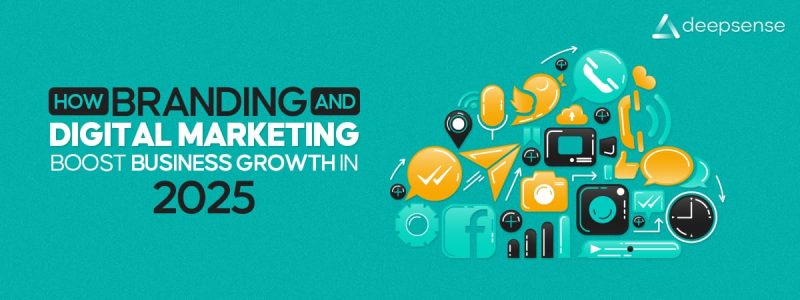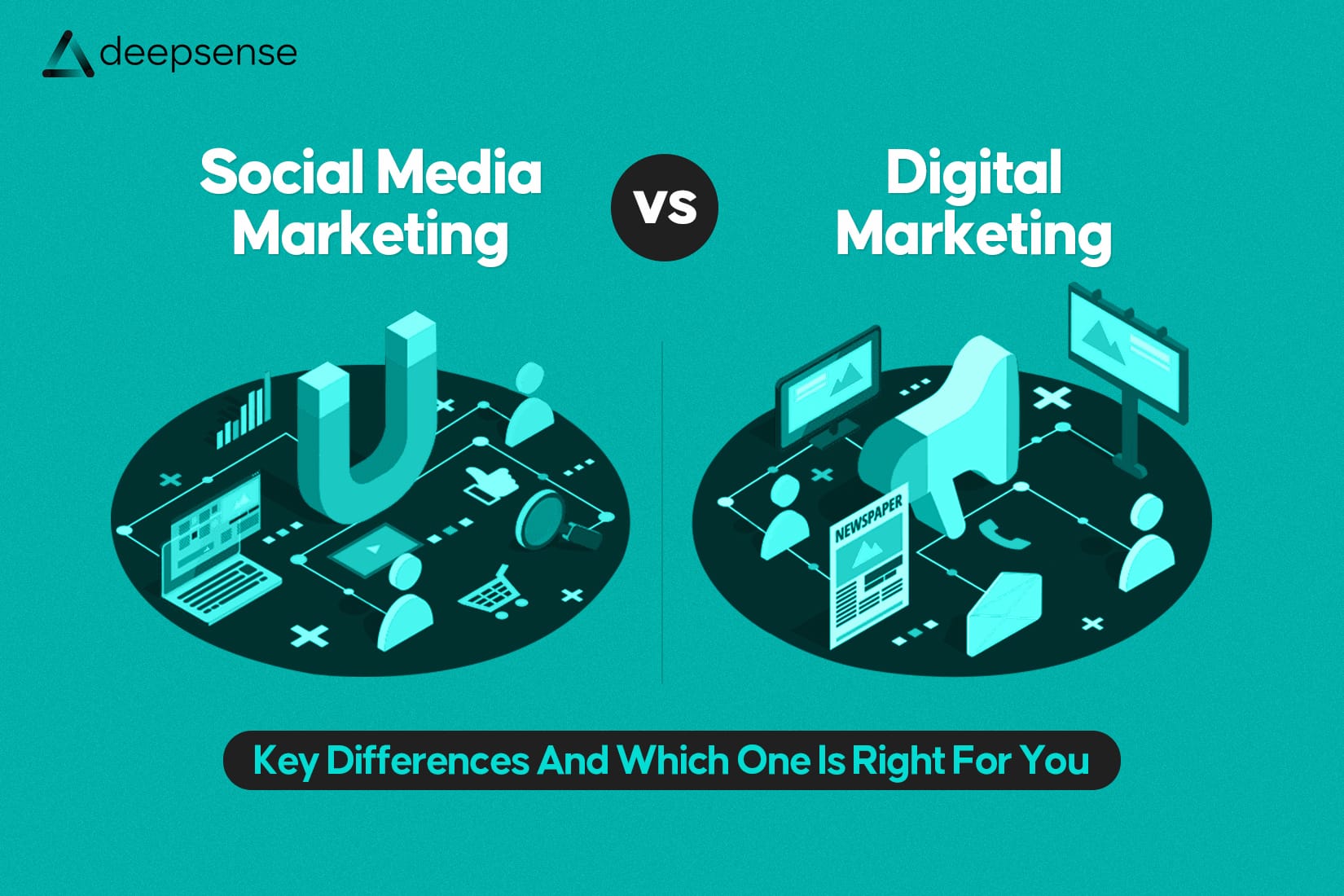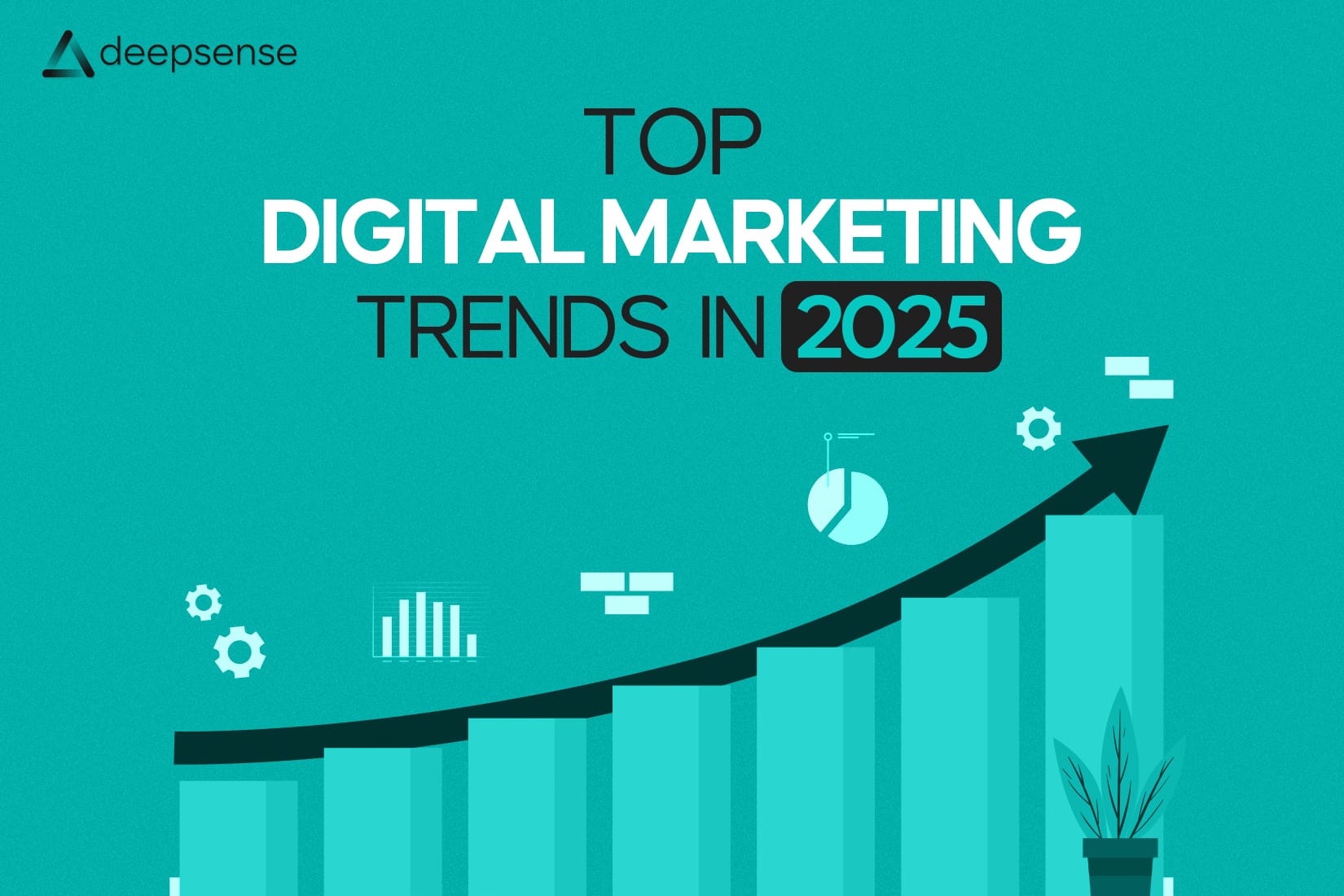In the fast-paced world of digital marketing, sound is often the secret sauce that stirs emotion, builds connection, and elevates content from good to unforgettable. From Instagram Reels to YouTube ads, music is the heartbeat that powers engagement. But how do you legally and effectively source music that fits your brand?
Let’s break it down. Whether you’re a seasoned marketer or a brand just starting to find its rhythm, this guide will walk you through everything you need to know, what to use, where to find it, how to stay legal, and how to use music to tell a story.
Why Music Matters in Digital Marketing
Music is more than background noise, it’s a powerful storytelling tool. It:
- Triggers emotions (think: nostalgia, happiness, excitement)
- Increases retention and recall
- Enhances brand identity
- Boosts click-through and conversion rates
- Makes content binge-worthy on platforms like TikTok, Instagram, and YouTube
That’s why brands like Nike, Apple, and Coca-Cola spend millions on the right sound. And while you may not need a Grammy-winning composer, you do need music that aligns with your brand and audience.
Step-by-Step Guide: How to Source Music the Right Way
1. Know Your Content Format First
Ask yourself:
- Is this for a YouTube ad, Instagram Reel, podcast, or website background?
- Is it a one-time video or part of a series?
- Do you need music that loops or fades?
Different formats demand different music types and licensing terms.
2. Understand the Licensing Jargon (The Legal Must-Knows)
Using the wrong track can literally cost you. Here’s what to know:
- Royalty-Free Music: You pay once and use it multiple times (not always free!)
- Creative Commons: Free to use, but check attribution and commercial rights
- Public Domain: No copyright – free to use by anyone
- Licensed/Commercial Music: Music from artists or labels you pay for (directly or through a licensing agency)
Never use mainstream music unless you have the proper rights. Instagram may mute your reel, or worse, you could receive copyright strikes on YouTube.
3. Where to Source Music (Free & Paid Platforms)
🔹 Free Sources (Great for Small Budgets)
- YouTube Audio Library
- Free Music Archive (FMA)
- Incompetech
- Bensound
- SoundCloud (check license for commercial use)
🔹 Paid Platforms (Professional, Extensive Libraries)
- Epidemic Sound – Great for YouTube & social content
- Artlist – High-quality, royalty-free with lifetime use
- AudioJungle – Pay-per-track system
- PremiumBeat (by Shutterstock) – Highly curated tracks
- Soundstripe – Unlimited downloads on a subscription
Pro Tip: Always double-check what license you’re buying, some are limited to social platforms, while others include podcast, ad, or broadcast rights.
4. Match Music to Your Brand Voice and Mood
This is where creativity comes into play. Think:
- Playful and upbeat for a Gen Z audience
- Cinematic and inspiring for a wellness or luxury brand
- Electronic and fast-paced for tech or SaaS videos
Use tools like Mood filters in libraries to find the right vibe: happy, dramatic, relaxed, etc.
Your music should sound like your brand looks.
5. Don’t Overpower the Message
Music should enhance your message—not drown it out. If you’re using a voiceover or speaking, pick tracks with:
- No lyrics (or subtle vocals)
- Low-intensity beats
- Adjustable stems (on platforms like Artlist and Soundstripe)
6. Leverage Music in Different Content Types
- Instagram/TikTok Reels: Use trending audios or licensed snippets
- YouTube Ads: Choose professionally licensed, emotionally resonant music
- Podcasts: Intro/outro music should be unique but consistent
- Landing Pages: Ambient music adds polish—but avoid autoplay!
Expert Advice from the Field
“We’ve seen conversions increase by up to 30% when the background music matched the emotional intent of the campaign,”, Sarah Kim, Digital Strategist at Brandwave Media.
This shows why choosing the right track matters more than just picking a cool beat. Marketers with experience know that music syncs directly with user psychology.
Common Mistakes to Avoid
- Using unlicensed music from Spotify or Apple
- Picking music that doesn’t match your message
- Forgetting to credit properly (for Creative Commons tracks)
- Not reading the full licensing terms
Tools That Make Music Integration Easier
- Canva Pro – For drag-and-drop social videos with music
- Descript – For podcast editing with built-in music
- CapCut – Viral Reels editor with music effects
- Adobe Premiere Rush – Great for branded video with pro sound control
Measuring the Impact of Music
Track performance like:
- View duration
- Bounce rate (for web embeds)
- Replay rate (on social)
- CTA clicks post-music peak
If you see dips when the music kicks in, time for a new sound.
Final Thoughts: Sound is Strategy
In a content-saturated world, music isn’t just an extra, it’s a strategic advantage. When you use music that fits your message, respects legal boundaries, and adds emotional power, you’re no longer just creating content, you’re crafting experiences.
Whether you’re a scrappy startup or a polished enterprise brand, sourcing music smartly is part of your storytelling toolkit.
Don’t just add music. Use music, to move, connect, convert.
1. How to digitally market a song?
To digitally market a song, you need a mix of strategic distribution, content creation, and fan engagement:
- Distribute on platforms like Spotify, Apple Music, YouTube, and Amazon via aggregators like DistroKid or TuneCore.
- Create engaging content: Reels, TikToks, lyric videos, behind-the-scenes footage.
- Use influencer marketing: Get creators to use your sound.
- Run ads on Instagram, YouTube Shorts, and Spotify.
- Email campaigns & PR: Reach blogs, playlists, and reviewers.
- SEO & Hashtags: Make your song searchable with the right titles, descriptions, and tags.
2. How to get music on advertisements?
- Sign up with sync licensing platforms like Musicbed, Epidemic Sound, Artlist, Audio Network, or Songtradr.
- Submit to music libraries used by ad agencies.
- Collaborate with music supervisors who select tracks for ads, shows, and movies.
- Tag your music correctly and ensure high-quality masters.
- Network with ad agencies, production houses, and video creators.
Having the right genre, mood, and emotion fit is key for ad placement.
3. What is digital marketing music?
Digital marketing music refers to using online strategies to promote music, artists, or albums. It involves:
- Social media campaigns
- Email marketing
- Influencer collaborations
- Streaming platform optimization
- Paid advertising (Meta, YouTube, Spotify)
- SEO-driven content on blogs or YouTube
The goal is visibility, streams, downloads, and fanbase growth.
4. Where to promote your music online?
- Spotify, Apple Music, Amazon Music – for streaming exposure
- YouTube, TikTok, Instagram Reels – for virality and visual storytelling
- SoundCloud, Audiomack – for indie audiences
- Reddit, Discord, and niche forums – to build communities
- SubmitHub, Groover, and PlaylistPush – for playlist and blog features
- Bandcamp – for direct sales and loyal fan support
- Email newsletters & websites – to build your own ecosystem
5. How to sell AI-generated music?
- Use platforms like Soundful, Mubert, Loudly, or Ecrett Music that allow creation and licensing of AI-generated music.
- Sell licenses on Pond5, Artlist, AudioJungle, or your own website.
- Ensure your AI tracks are royalty-free and original, avoiding copyright issues.
- Market them as background music for creators, ads, and businesses.
- Consider NFT marketplaces like Sound.xyz or Catalog for digital music ownership.
6. How can I get permission to use music?
- Reach out to the copyright holder (artist, label, publisher).
- For popular music, license through PROs (like ASCAP, BMI) or agencies like Harry Fox or Easy Song Licensing.
- Use royalty-free music libraries if you need safe-to-use tracks quickly.
- If you’re unsure who owns the song, platforms like Songfile can help you obtain legal licenses.
7. Who picks music for ads?
- Music Supervisors – professionals hired by ad agencies or production studios.
- Creative Directors or Producers – may make the call on smaller projects.
- Sync Licensing Companies – help curate music that fits brand narratives.
Networking with these roles or submitting through their platforms is how most artists break in.
8. Can I advertise on Spotify?
Yes! Spotify offers:
- Self-serve ads via Spotify Ad Studio for as low as ₹1,000.
- Audio, video, and display ads that target listeners based on mood, location, genre, and more.
- You can promote your music, brand, podcast, or even personal projects.
9. Which app gives ad-free music?
Popular apps offering ad-free music (with a subscription) include:
- Spotify Premium
- Apple Music
- YouTube Music Premium
- Amazon Music Unlimited
- Tidal HiFi
Each offers high-quality streaming, offline access, and curated playlists without interruptions.











